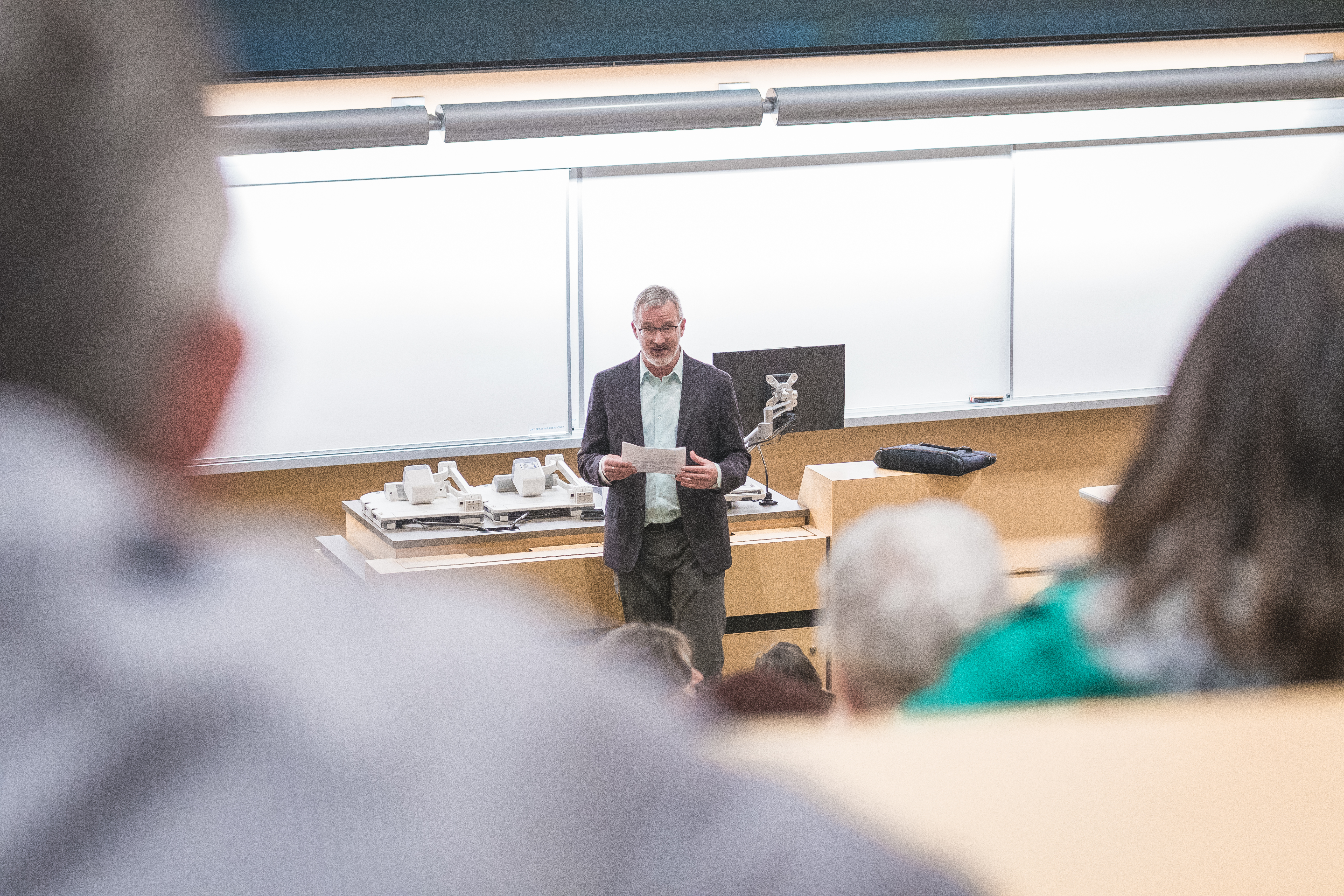An Arts One student will have the opportunity to participate in meaningful inter-textual conversation generated by their learning theme.
Through a combination of seminar discussion, written essay, and peer-centered tutorials, students will evolve from learners into independently-minded scholars.
Established in 1967, the program was ahead of its time in recognizing the value of small cohort learning and an integrated, interdisciplinary curriculum. It offers a dynamic team of instructors from various disciplines and organized around a guiding theme and reading list.
The Arts One program defined my first year at UBC. It provided me with everything it promised: a smooth transition from high school to university, a chance to work closely with my professors, the opportunity to meet and make friends with like-minded peers, and so much more!(...)
Why Choose Arts One
Arts One is one of the smallest programs at UBC, and students invariably establish close relationships that enhance learning, and last long past the first-year experience. Students enjoy continuous, unfiltered access to their professors.
Arts One instructors are among the best at UBC and many past and present teachers have been awarded its highest teaching award, the Killam Prize. And unlike most first-year students, Arts One students are able to enjoy the huge added benefit of on-site Arts Academic Advising right in their study space.
Arts One also takes much of the stress out of first-year registration, offering an integrated curriculum that satisfies 18 credits, including the Faculty of Arts writing requirement.
-6 credits of first-year English
-6 credits of first-year History
-6 credits of first-year Philosophy
This leaves room for up to 12 credits of electives from any of the hundreds of courses UBC has to offer.
Located in a shared space with other “Gateway” programs, Arts One gives students exclusive access to one of the most desirable and self-contained study environments on campus, while remaining situated in the heart of the university.
Arts One offers students a positive and encouraging transition into university in small groups of first-year students, after which students go into their second year with all other second-year students, armed with the confidence and skill-set to help them succeed.
